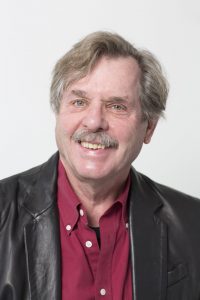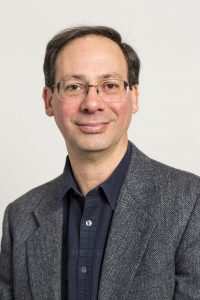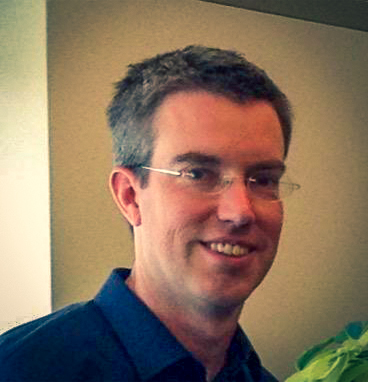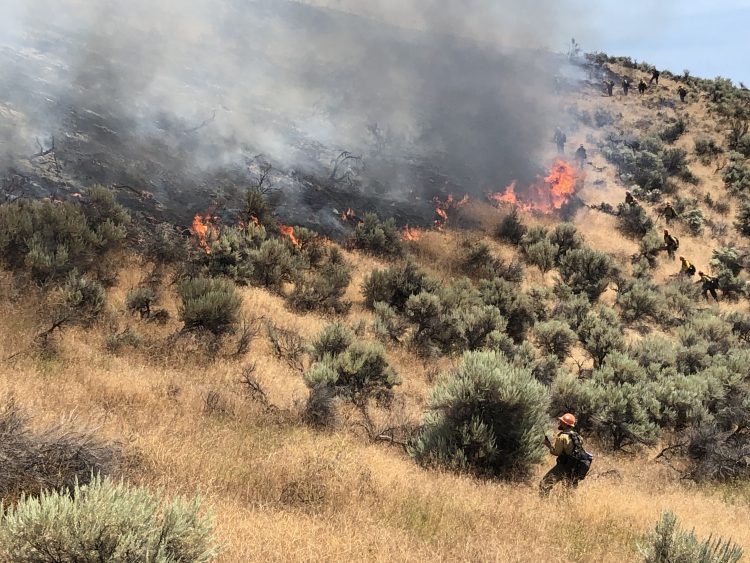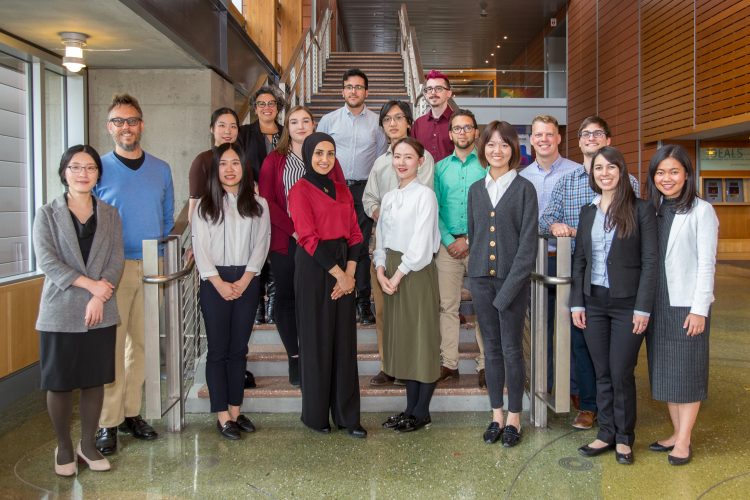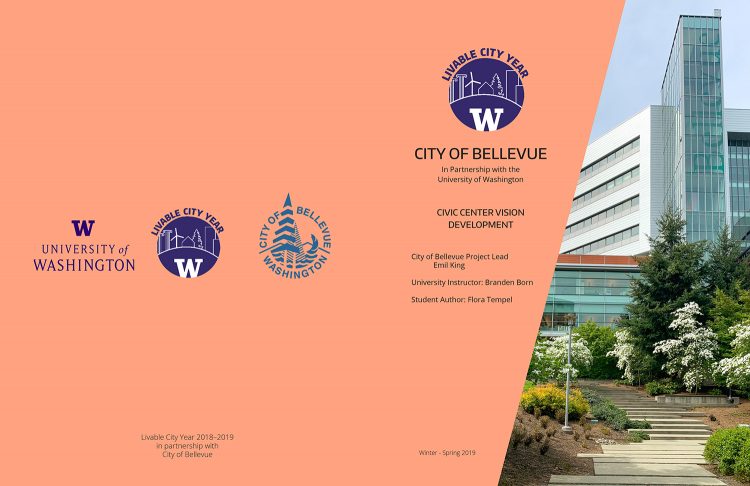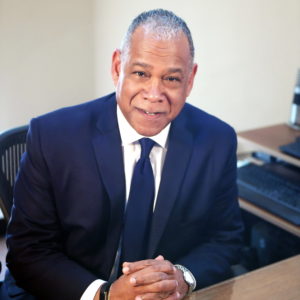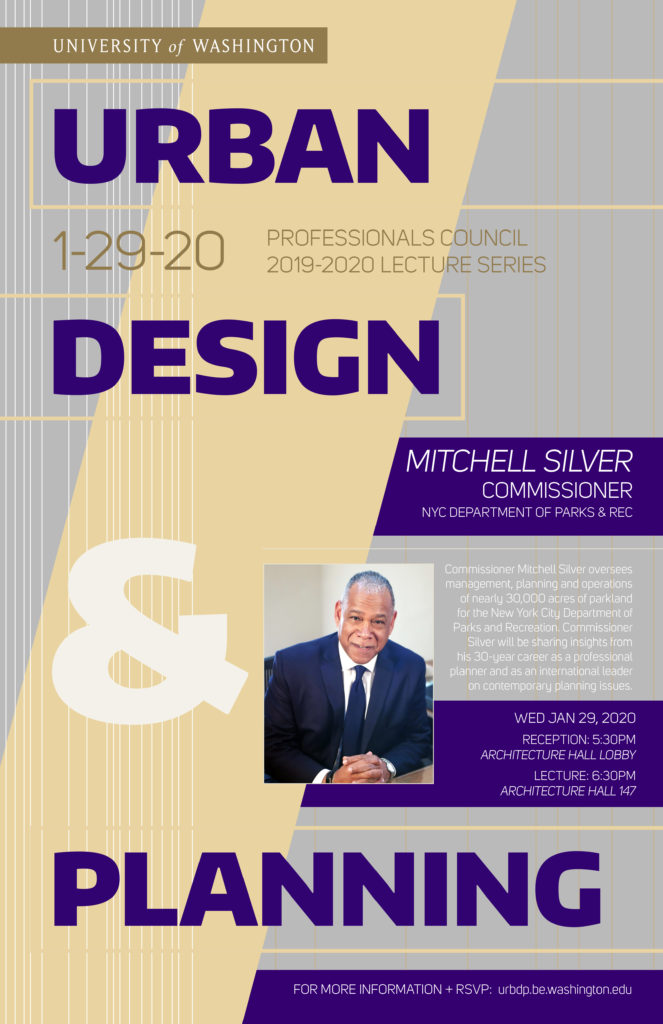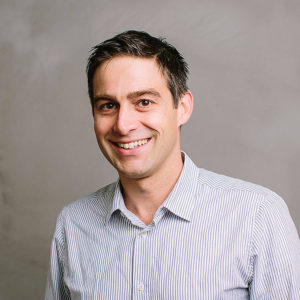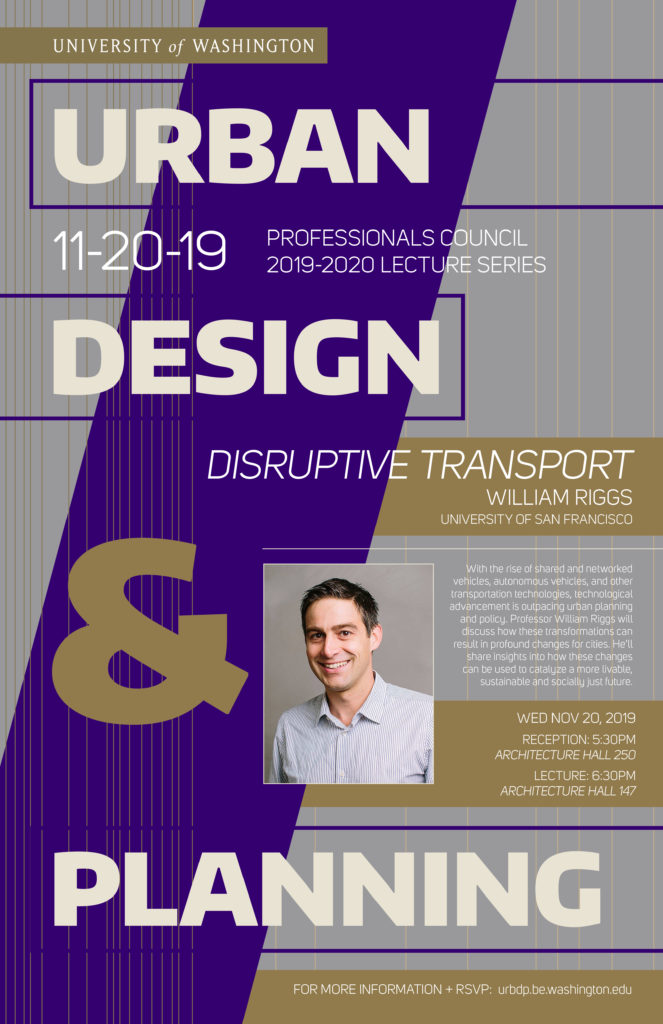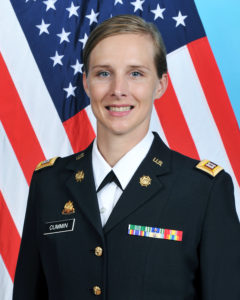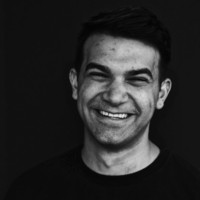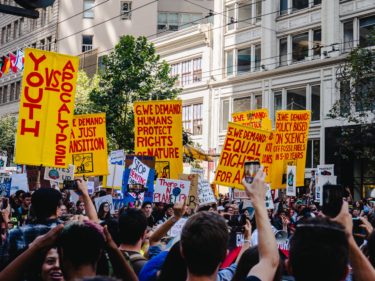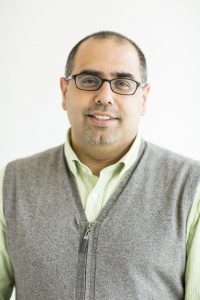
Dr. Himanshu Grover’s research lands at the intersection of land use planning, community resilience, and climate change. Dr. Grover is also the co-Director of the Institute for Hazard Mitigation and Planning at the College of Built Environments. His research emphasizes place-based planning policies to balance economic, environmental, and social priorities to achieve equitable development and enhance community resilience.
“The same amount of money that you spent, let’s say, for building your capacity to provide a specific kind of risk communication through your social media platform, can be used for floods, for earthquakes, for terrorist attacks or for epidemics.”
In 2019, America with Kerala: Uniting for a Disaster Resilient Kerala, a joint project organized by the U.S. Consulate General in Chennai, the Centre for Public Policy Research (CPPR) in Kochi, and the Kerala State Disaster Management Authority (KSDMA) took place in response to disastrous floods and landslides that devastated Kerala, India. Dr. Grover participated in the project serving as the U.S. subject matter expert. He delivered the keynote address in which he shared the American experience in disaster management, and how it can inform Disaster Management in India. One of his key messages was to adopt an “All Hazards Approach” as a framework for risk reduction. Additionally, he highlighted the need for knowledge building and training at all levels to increase awareness about local hazard threats.
One product of the project was a community resilience resource guide for disaster preparedness that was released late fall of 2020. The guide includes input from community leaders who led disaster response efforts during the 2018 and 2019 floods and landslides in Kerala, as well as U.S. and Indian subject matter experts and other expert sources.
Following the launch of the community resilience handbook, Dr. Himanshu Grover also participated as an expert panelist by the US Consulate in Chennai. This online event had an attendance of more than 500 people internationally. The November 2020 panel, moderated by Dr. D. Dhanuraj, CPPR Chairman, included speakers Dr. Muralee Thummarukudy, Chief of Disaster Risk Reduction, United Nations Environment Programme (UNEP); Dr. Himanshu Grover, co-director, Institute for Hazard Mitigation and Planning, College of Built Environments, University of Washington; Dr. Nivedita P. Haran, IAS (Retired), Honorary Chairperson, Board of Directors, Centre for Migration and Inclusive Development, Kerala; and Dr. Shekhar L. Kuriakose, Member Secretary, Kerala State Disaster Management Authority.
As a follow-up to the 2019 initiative, U.S. State Department, through U.S. Consulate General in Chennai, asked Dr. Grover to develop a Disaster Management Curriculum for a new, 40-hour elective course to be incorporated into existing academic programs in universities, autonomous colleges, and other relevant governmental and non-governmental agencies across India. After developing the curriculum, Dr. Grover will visit India on a speaking tour to promote the curriculum among relevant institutions. This American/internationally approved curriculum will help develop regional expertise in disaster management; promote academic collaboration between Indian and U.S. institutions in this area and highlight opportunities to attract students and practitioners across India to seek higher studies in this field in the United States. Dr. Grover anticipates that his initiative will establish the College of Built Environments as a leader in disaster management education. He hopes this collaboration will result in establishing partnerships with reputed Indian educational institutions and professional bodies which will lead to increased opportunities for student recruitment as well as placements for our graduates.
